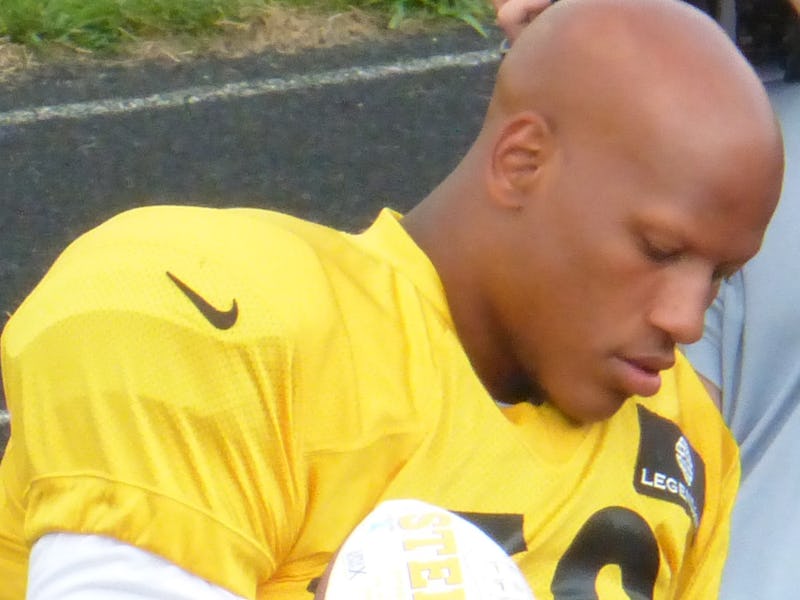Ryan Shazier Update: Conflicting Reports Suggest Limited Rehab Success
The Pittsburgh Steelers linebacker is getting better, but not that quickly.

Adding to the excitement surrounding the Super Bowl, a report that paralyzed Pittsburg Steelers linebacker Ryan Shazier is walking again surfaced online on Sunday. An unnamed source confirmed to ESPN that he has “regained movement in his legs and is engaging in a regular walking routine,” leading to a flurry of speculation about the success of the emergency spinal stabilization surgery he had in December.
A pair of tweets from sports reporter Michele Tafoya and Shazier himself on Sunday afternoon, however, seemed to backtrack on the good news. In the tweet, Tafoya clarified that Shazier wished to clarify the report: “Although he does have movement in his legs, he is not walking on his own. Shazier needs assistance from a walker or other people to support him in his rehabilitation walking, which remains a struggle.” Retweeting her article, Shazier signed off on her statement.
Despite the fact that he is not walking independently, it is remarkable that Shazier is mobile at all. The injury he suffered in December was widely reported to be a “spinal contusion,” an extremely dangerous bruise that threatens paralysis. In a previous article, Inverse explained why the injury is so dangerous.
The term “contusion” is medical parlance for a bruise — what happens when the capillaries under the skin break, causing blood to spill out and swelling to build. While most bruises may seem minor, they can be quite dangerous when they happen close to the spinal cord, the neurological highway that runs from the brain to the rest of the body. The flood of blood under the skin causes serious swelling, which can incapacitate any nerves in the area through intense squeezing or by cutting off their blood supply.
Depending on where the trauma occurs, “the spinal cord’s ability to send and receive messages from the brain to the body’s systems that control sensory, motor and autonomic function below the level of injury” could be jeopardized, according to the AANS.
NFL Players Association physician Dr. Anthony Alessi was discouraged by the spinal stabilization surgery that Shazier underwent in December, which was meant to realign any misplaced or broken bones surrounding his spinal cord. At the time, Alessi went so far as to say “He may not play football again.” But in early January, when Shazier regained feeling in his legs, his prognosis seemed to improve. He even made it to the Steelers’ game against the New England Patriots on January 14.
Shazier’s mental health is likely being monitored as closely as his physical health. For professional athletes who lose the ability to play because of injury, the risk of serious mental health issues, like depression, anxiety, disordered eating, and substance use or abuse, is high.
Treatment for players with these issues often takes the form of guided meditation and relaxation techniques, together with emotional support from loved ones. Judging by his posts on social media, Shazier seems to be in good spirits, having even coined the hashtag #Shalieve as his catchphrase for making a full recovery.